Plant-Animal Interactions
Plant-animal interactions are critical in ecosystems, driving biodiversity, seed dispersal, and plant evolution. Animals often act as pollinators, seed dispersers, or herbivores, each role impacting plant life and distribution. Pollinators, such as bees, birds, and bats, are essential for the reproduction of many flowering plants, transferring pollen as they feed on nectar. Seed dispersers like birds and mammals help spread seeds, promoting plant colonization in new areas. Herbivores, on the other hand, can control plant populations and influence community structures. Biotechnology has enhanced our understanding of these interactions, particularly in developing strategies to attract beneficial animals while deterring harmful ones. By leveraging insights into plant-animal dynamics, scientists can improve agricultural ecosystems, enhance crop yields through pollinator support, and create natural pest control methods, all contributing to healthier and more sustainable food systems.
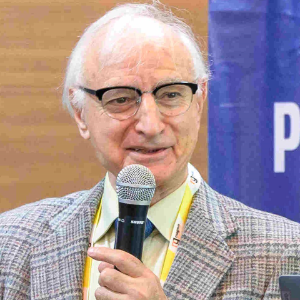
Mohammad Babadoost
University of Illinois, United States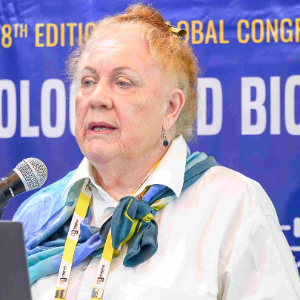
Mary Cole
The University of Melbourne, Australia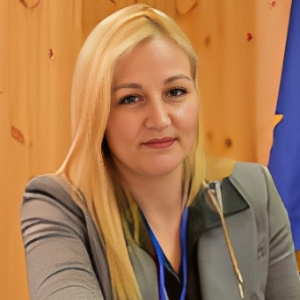
Valasia Iakovoglou
UNESCO chair Con-E-Ect, International Hellenic University, Greece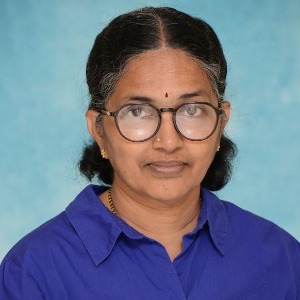
Satya S S Narina
Virginia State University, United States
Sara Hailemariam
Purdue University, United States
Midhat Mahboob
Lincoln University, New Zealand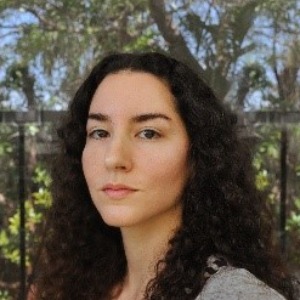


Title : Exploring the genetic diversity in tannin-rich forages to explain the large intra species variability in tannin content
Selina Sterup Moore, Aarhus University, Denmark
Title : Isolation and functional properties of biomolecules of plants and its application
Balagopalan Unni, GEMS Arts & Science College (Autonomous), India
Title : Primed for the future: PGPR and the promise of sustainable, heritable crop resilience
Prashant Singh, Banaras Hindu University (BHU), India
Title : Revealing allelic variations in candidate genes associated with grain yield under salinity stress between two contrasting rice genotypes
Nisha Sulari Kottearachchi, Wayamba University of Sri Lanka, Sri Lanka
Title : Adaptive strategies of Aristida L. species across ecological zones of Pakistan: Linking soil characteristics with morphological and physiological traits
Iram Ijaz, University of Agriculture Faisalabad Pakistan, Pakistan
Title : Ethnobotanical survey and abundance of weeds in selected Manihot esculenta (cassava) Crantz farms in Osun state, Nigeria
Dada Caleb Mayokun, University of Ibadan, Nigeria